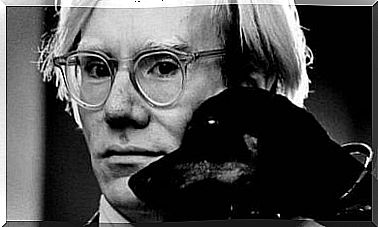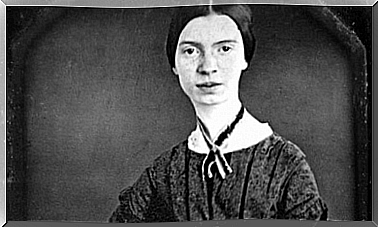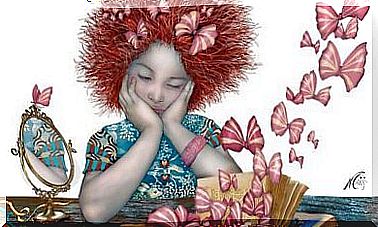Basic Statistical Concepts

Statistics is a branch of mathematics that studies variability as well as the process of calculating it by following the laws of probability and using its models. We know that statistics are necessary to conduct surveys as well as to understand them. But what are the basic statistical concepts?
To focus on the basic statistical concepts, we need to turn to descriptive statistics. This branch deals with the description of the experimental data. Specifically , it includes the collection, organization and analysis of data. The data describes a set of characteristics for a set of items belonging to a stock.

According to Professor Ignacio Cascos of Charles III University of Madrid, these are some of the basic statistical concepts that everyone should know:
Basic statistical concepts
1. Population
A population is a well-defined set of comparable elements with certain characteristics that are of interest to observers.
This aspect can be finite or infinite. Therefore, the size of the population is the number of items it contains. It is usually denoted by N.
If the population is very large, conducting the survey can be very expensive. So in some cases it is impossible to consider every single element. Therefore, researchers usually select a few elements from the population or a sample.
2. Devices
A unit is an individual element of the population. Now, these elements do not necessarily have to be human. In psychology, however, this is usually the case.
3. Sample size
A sample is a set of population units that best reflect its characteristics. If the sample size reflects the characteristics of the population, the sample is representative. In addition, the sample size is the number of units it has. We specify sample size n.
If the sample and the population size coincide, it is a census.
4. Variables
A variable (X) is a symbol that represents any characteristic, number, or quantity of the population that researchers can measure or count. Data is the value that can be changed within a variable (hence the name). Its value depends on the device it measures.

Types of variables within basic statistical concepts
Qualitative variable
This type of variable assumes values corresponding to the non-quantifiable qualities of the devices. Therefore, you can not say that one is worth more than the other.
An example of this type of variable could be gender. These variables are called qualitative because the differences between them are qualities or properties.
Ordinal variable
An ordinary variable can be divided into categories. In addition, researchers can rank or sort them because of their value. If you were to have qualitative variables, you could rank them.
Think, for example, of school grades. A ’12’ is better than a ’10’. Likewise, a ’10’ is better than a ‘4’.
Quantitative variables
Quantitative variables assume numerical values. This means you can measure them in numbers. There are two types:
- Discrete variable. The set is limited or countable. For example, the number of children in a family.
- Continuous variable. The set is infinite or innumerable. For example, time.
Use of position
In descriptive statistics, you can determine the location of your data using position.
Application of central trend
Average or use of central trend are typical or representative values for a data set. Therefore, their purpose is to summarize all data with a single value.
The most common measures of central trend are state (qualitative variables), median (categorical variables) and mean (quantitative variables).

- Mode. Mode is the item that appears most times. If there is more than one of these values, the variable is multimodal. In addition, you can calculate the state of any type of variable.
- Median. You calculate it for categorical variables. In particular, at least half of the data is less than or equal to the median. Likewise, at least half of the data is also greater than or equal to the median. Therefore, if there is more than one median, take the midpoint between the largest and smallest median. This will be the value displayed in the sample and acts as the median.
- Mean. It is the most common or well-known. You may also know it as an average. Specifically, you need quantitative variables to calculate it. The mean value is the geometric center, or where the data tends towards. There is something special about the mean, as it may not be representative of the sample, but it may not really represent any actual value from the sample either. In other words, it may not exist in the sample.
Concluding remarks on basic statistical concepts
Although many more concepts are used in statistics, these are probably the most basic statistical concepts. With their help, you can organize and calculate statistics as well as data representations. Thus, these are great tools for researchers and the scientific community. Statistics give you a complete overview of the results of a survey.









